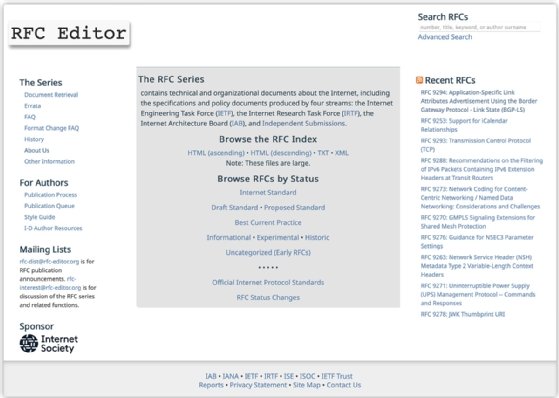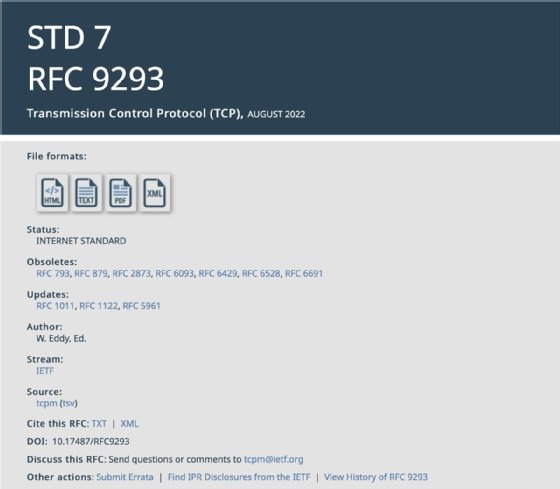What is a Request for Comments (RFC)?
A Request for Comments (RFC) is a formal document created by the Internet Engineering Task Force (IETF) that outlines technical specifications, organizational notes and standards relevant to internet and networking technologies, including protocols such as routing, addressing and transport technologies.
The IETF is an international community consisting of researchers, vendors, network operators and designers focused on the internet's operation and evolution.
RFC is also used as an abbreviation for Remote Function Call, a protocol interface used in SAP communications systems.
RFCs begin as Internet-Drafts, or I-Ds, which are typically created by individuals or small groups. These drafts are then adopted by IETF working groups, which consist of volunteers including hardware manufacturers, software developers and network operators. The working groups are organized into specific areas of expertise and overseen by area directors.
RFCs are primarily produced by the Internet Architecture Board, the Internet Research Task Force and the IETF. Although RFCs typically originate from these organizations, outside individuals and groups can also submit RFCs through a process known as individual submissions. However, these individual submissions are less common and go through a distinct review process.
Once an RFC has undergone the necessary reviews and revisions, it receives a final editorial review by the RFC Production Center. The document is then assigned a unique number and published by the RFC Editor.
Importantly, after publication, an RFC remains unchanged. Any issues discovered later, whether technical or editorial, are addressed with errata issued through the RFC Editor. If significant updates are needed, a new RFC is written to supersede or amend the older document.

What are the different types of Requests for Comments?
RFCs cover a broad range of topics related to the technical underpinnings of the internet. This includes protocols for service delivery, such as Transmission Control Protocol, Quick UDP Internet Connections and Web Real-Time Communications.
RFCs can be classified into different types based on their purpose and level of maturity:
- Internet Standard. Fully established and widely adopted standards that are essential to the operation of the internet.
- Draft Standard. Standards in development that are currently being drafted and under review by the engineering community.
- Proposed Standard. A candidate for Internet Standard status that has gone through some review and revision.
- Best Current Practice. Describes the best practices or recommendations related to internet operations.
- Experimental. Contains proposals for new protocols or systems that are in the early stages of development.
- Informational. Provides general information or discussions not meant to define a standard.
- Historic. Refers to outdated standards that are no longer in use or recommended.
An RFC that aims to become a standard undergoes rigorous development and review processes. Community feedback is incorporated in several iterations, and only after broad consensus is the standard adopted and published by the RFC Editor.
For example, RFC 9293, published in August 2022, is an Internet Standard that specifies the Transmission Control Protocol. In addition to the document itself, the RFC Editor also provides metadata such as its status, any RFCs it obsoletes or updates, and the organization that produced it.

Challenges in the RFC development process
The IETF acknowledges several challenges in developing RFCs, particularly for standards:
- Ensuring the specifications are of high technical quality.
- Balancing the diverse interests of affected parties.
- Achieving communitywide consensus.
- Evaluating the utility of a specification within the broader internet community.
Despite these challenges, the IETF strives for technical excellence, fairness and timeliness in the review and revision process. Once a standard has been finalized, it is published through the RFC Editor, much like nonstandard RFCs.
Learn the most common network protocols and their functions.